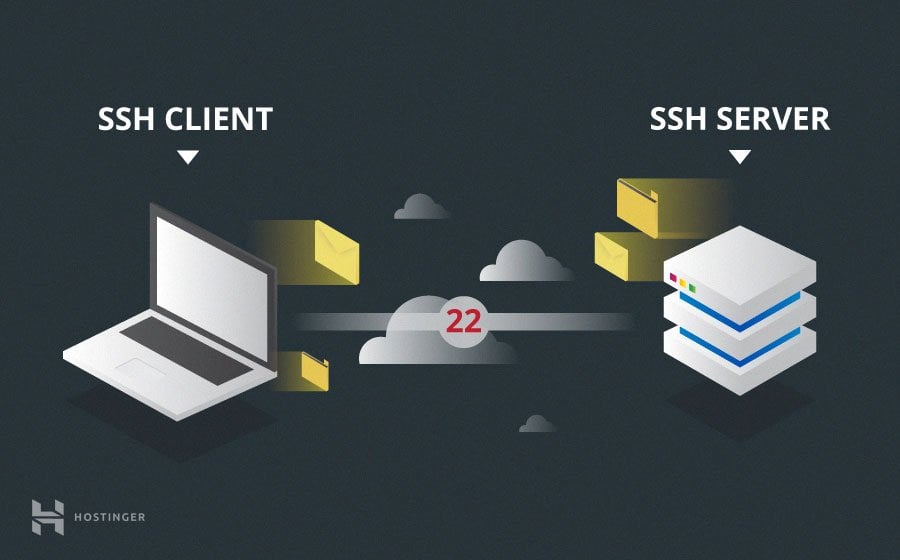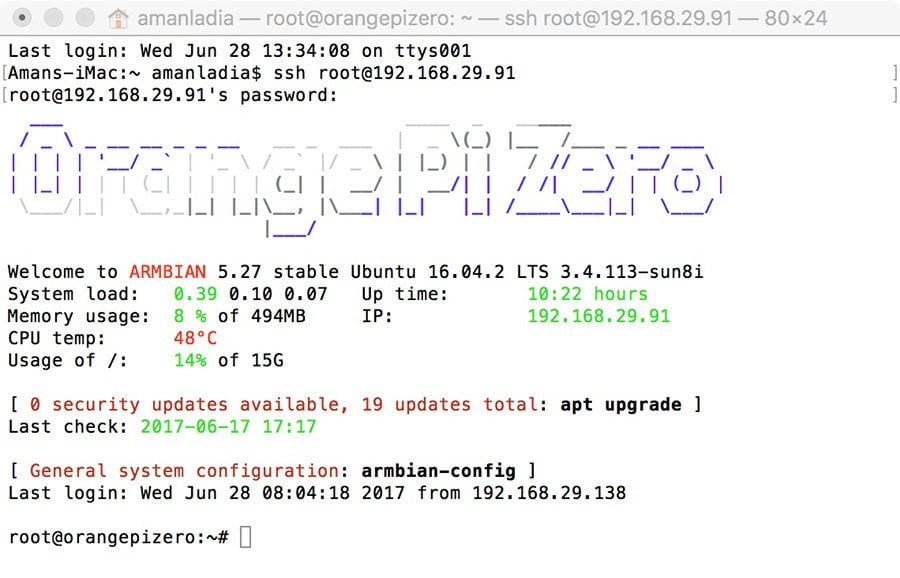SSH Remote IoT Tutorial: Secure Your Devices Now!
Are your Internet of Things (IoT) devices truly secure, or are they vulnerable to cyber threats lurking in the digital shadows? In the rapidly expanding landscape of connected devices, securing your IoT infrastructure is no longer a luxury; it's a fundamental necessity.
The journey to safeguarding your IoT ecosystem begins with understanding the core principles of secure communication. This exploration delves into the critical role of Secure Shell (SSH) in the remote management and protection of your devices. Whether you're a seasoned IT professional or just starting out, mastering SSH remote IoT (remoteiot) is an invaluable skill.
To help you navigate this critical area, we'll break down the key components, best practices, and advanced techniques that form the cornerstone of a robust remoteiot setup. We'll explore how to establish secure connections, configure SSH for optimal performance, and stay ahead of emerging threats.
| Aspect | Details |
|---|---|
| Fundamentals of SSH | SSH, or Secure Shell, is a cryptographic network protocol designed to provide secure remote access to a computer or network. It creates a secure channel over an unsecured network, allowing users to access and manage devices securely. Key features include:
|
| Why Use SSH for IoT? | SSH is an ideal choice for IoT device management because it provides:
|
| Key Components of an SSH Remote IoT Setup |
|
| Setting up SSH on IoT Devices | Before you can access your IoT devices via SSH, you need to:
|
| Security Best Practices |
|
| Advanced Techniques |
|
The SSH remoteiot tutorial begins with an understanding of the importance of secure communication in the Internet of Things ecosystem. As the IoT landscape continues to grow, securing your devices through SSH remote access has become crucial for both individuals and businesses. This guide is designed to equip you with the knowledge and tools to manage your IoT infrastructure effectively.
A Deep Dive into the Technical Landscape
Let's dive in and make sure your IoT setup is as secure as it can be. The SSH server is the backbone of your setup. It's the software running on your IoT device that listens for incoming connections. Popular SSH servers for IoT include OpenSSH and Dropbear. These are crucial components.
The tutorials show you how you can open a tunnel and then use that tunnel to start an SSH session to a remote device. The prerequisites for running the tutorial can vary depending on whether you use the manual or quick setup methods for opening a tunnel and accessing the remote device.
Understanding the Building Blocks: Authentication, Encryption, and Integrity
The key features of SSH include authentication, encryption, and integrity verification. Once the connection is established, all communication between the client and the server is encrypted, ensuring data privacy and integrity. Key features of SSH include authentication, encryption, and integrity verification.
Before you can access your IoT devices remotely via SSH, you need to ensure that SSH is installed and configured properly. Understanding the inner workings of SSH is essential for mastering the SSH remoteiot tutorial. For an example that shows how to open a tunnel using the manual setup method, see open a tunnel using manual setup and connect to a remote device.
The Step-by-Step Guide: Securing and Managing Your Devices
The SSH remoteiot tutorial will guide you step by step to make sure your devices are both secure and easy to manage from anywhere in the world. Stay informed about the latest threats and best practices to keep your devices safe. Remember, security is an ongoing process.
Essential Steps to Security
Stay informed about the latest threats and best practices to keep your devices safe. Whether you're a beginner or an experienced IT professional, this tutorial will provide the knowledge you need to establish a robust remote connection.
Navigating the Essentials: From Setup to Configuration
By the end of this tutorial, you'll have the knowledge and tools to configure SSH for remote access to your IoT devices. This tutorial will guide you through the fundamentals of SSH and its application in remoteiot environments.
Best Practices for a Secure Environment
By the end of this guide, you'll have a solid understanding of SSH remoteiot, including setup, configuration, and best practices for maintaining secure connections. Well dive deep into everything from the basics to advanced configurations, ensuring your IoT setup is both secure and efficient.
Comprehensive Coverage: From Basics to Advanced
Whether you're a beginner or an advanced user, this guide will walk you through every step of the process. Whether you're a beginner or an experienced IT professional, this tutorial will provide the knowledge you need to establish a robust remote connection. Let's dive in and explore how you can ensure your devices remain safe and accessible from anywhere in the world.
The Core Functionality: Why SSH is Ideal for IoT
Whether you're a beginner or an advanced user, this tutorial will enhance your understanding of remote IoT management. Ssh isnt just some fancy acronym; its a protocol designed to give you encrypted and secure access to your devices over a network.
The Path to Secure Remote Access: A Step-by-Step Approach
Now that weve covered the basics, lets break down the key components of an SSH remote IoT setup. So, buckle up and lets get started. Ssh remote IoT tutorial starts with understanding the importance of secure communication in the internet of things ecosystem.
The Core Principles: Secure Communication in IoT
Whether you're a beginner or an advanced user, this tutorial will enhance your understanding of remote IoT management. So, lets dive in and make sure your IoT setup is as secure as it can be!
For an example that shows how to open a tunnel using the manual setup method, see open a tunnel using manual setup and connect to remote device.
Youve made it through our SSH remoteiot tutorial. By now, you should have a good understanding of how to set up and secure SSH connections for your IoT devices. Remember, security is an ongoing process.



